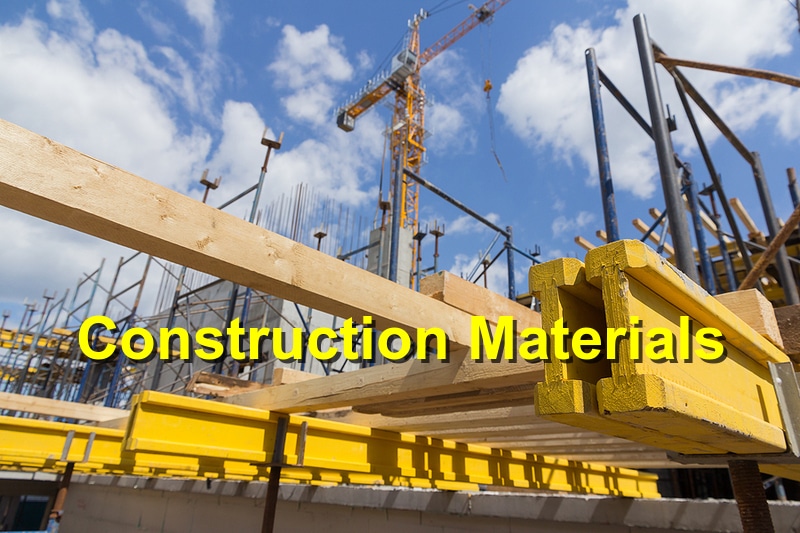Building materials are at the core of the construction industry as they form the basic building blocks of developing any structure. Each material comes with its own advantages and disadvantages. Recently, each material has experienced upgrades and innovations to make them better and more durable. Here we offer you the latest developments some materials have experienced over the last few years.
Innovations in Concrete
Concrete has been a crucial material in the building industry for centuries due to its durability and strength. It is, however, very heavy. Recently, structural engineers have sought to blend concrete with other materials to make it lighter, more waterproof and more durable. For instance, to solve the problem of high demand and compatibility, there has been the development of new products like self-compacting concrete which allows builders to erect more durable and stronger buildings at a faster rate and more cost effective. Moreover, high-performance concrete and ultra-high performance concrete have been developed to solve the problem of durability and heavy duty tasks for large buildings. Recently developed self-compacting concrete solves the problem of needing compacting techniques like vibrators.
Innovations in Steel
Steel is known to be strong, durable and easy to bend. Steel can be used in isolation or integrated into concrete to make it stronger and more durable. Recently, steel has been adopted to be used in other purposes other than providing support like aesthetic purposes and decoration. External thermal insulation cladding systems have been developed using steel for insulation and thermal conductivity hence playing a huge role in increased energy savings.
Wood and Plastic Composites
The integration of two or more materials has been prevalent in the construction industry. Wood has for long been used in building whereas plastic is a newcomer. Recently, plastic fibers and wood, especially sawdust have been blended at different ratios to give rise to a unique building material. Other materials like colors, lubricants and chemical additives can be integrated to add strength and aesthetic value. Wood and plastic composites have the advantage of insect resistance, durability and the ability to be molded into various shapes, and dimensions.
Conclusion
As the construction industry develops and the demand for building materials escalates, the development of new and more efficient materials has seen the rise of new materials, blends and improvements of the existing materials to serve the growing demand.
References: ConstructionFocus, MtCopeLand




